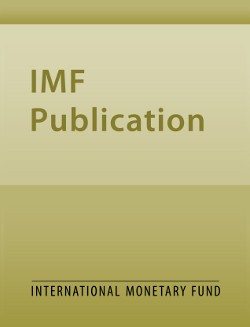
Credit Cycles, Fiscal Policy, and Global Imbalances
Credit Cycles, Fiscal Policy, and Global Imbalances
READ MORE...
Volume/Issue:
Volume 2021
Issue 043
Publication date:
ISBN:
Add to Cart by clicking price of the language and format you'd like to purchase
Available Languages and Formats
Topics covered in this book
This title contains information about the following subjects.
Click on a subject if you would like to see other titles with the same subjects.
Economics- Macroeconomics , Economics / General , International - Economics , Current account balances , credit cycles , fiscal policy , macroprudential policies
Summary
We study the role that changes in credit and fiscal positions play in explaining current account fluctuations. Empirically, the current account declines when credit increases, and when the fiscal balance declines. We use a two-country model with financial frictions and fiscal policy to study these facts. We estimate the model using annual data for the U.S. and “a rest of the world” aggregate that includes main advanced economies. We find that about 30 percent of U.S. current account balance fluctuations are due to domestic credit shocks, while fiscal shocks explain about 14 percent. We evaluate simple macroprudential policy rules and show that they help reduce global imbalances. By taming the financial cycle, macroprudential rules that react to domestic credit conditions or to domestic house prices would have led to a smaller and less volatile U.S. current account deficit. We also show that a countercylical fiscal policy rule that stabilizes output growth reduces the level and volatility of the U.S. current account deficit.
Copyright © 2010 - 2025
Powered by:
AIDC



